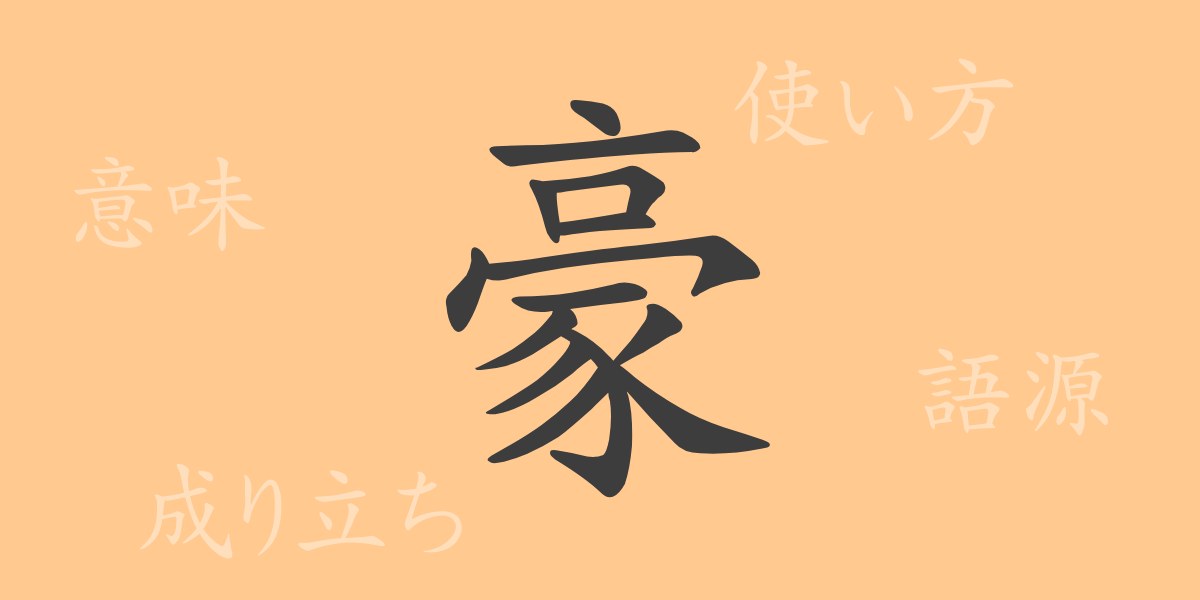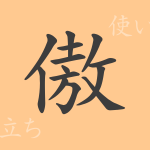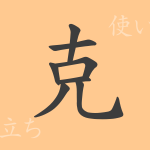The meaning of a single kanji character is deeply rooted in its shape and history. The common kanji “豪(ごう)” in Japanese is no exception. This character encompasses more than just its written form, conveying a sense of power and elegance simultaneously. This article explores the origins, meanings, uses, readings, and idioms of the intriguing kanji “豪(ごう).”
Origins of 豪(ごう)
The kanji “豪(ごう)” originates from ancient China and has a rich historical background. The upper part of “豪(ごう)” consists of the radical “艹(くさかんむり),” which represents grass, while the lower part “豕(いのこ)” means pig. In ancient China, owning many pigs symbolized wealth, hence “豪(ごう)” came to signify strength and abundance. Over time, it evolved to include meanings like luxury and heroism, as seen in words like “豪華(ごうか)” and “豪傑(ごうけつ).”
Meanings and Uses of 豪(ごう)
The kanji “豪(ごう)” means “powerful,” “grand,” and “abundant.” It expresses grandeur and luxury in words like “豪勢(ごうせい)” (extravagance) and “豪華(ごうか)” (splendor). It is also used to describe heroic individuals, as in “豪傑(ごうけつ),” meaning a heroic or outstanding person.
Readings, Stroke Count, and Radical of 豪(ごう)
The kanji “豪(ごう)” has multiple readings in Japanese:
- Readings: The on’yomi (音読み) is “ごう”; there is no kun’yomi (訓読み).
- Stroke count: It has a total of 14 strokes.
- Radical: The radical is 豕(いのこへん), which relates to pigs.
Idioms, Phrases, and Proverbs Using 豪(ごう)
There are many idioms and phrases that include “豪(ごう).” Some examples are:
- 豪華絢爛(ごうかけんらん): Describes something very dazzling and beautiful.
- 豪放磊落(ごうほうらいらく): Describes someone with a broad and generous heart.
- 豪雨(ごうう): Refers to a heavy rain, used to describe intense natural phenomena.
Conclusion on 豪(ごう)
The kanji “豪(ごう)” is an ancient Chinese character symbolizing wealth and strength. Its meanings and readings are diverse, and it is used in various idioms and expressions in the Japanese language. Encountering “豪(ごう)” in daily life provides a glimpse into its deep history and cultural significance. Understanding the meanings behind each kanji character is the first step to mastering a richer and more expressive use of language.

























